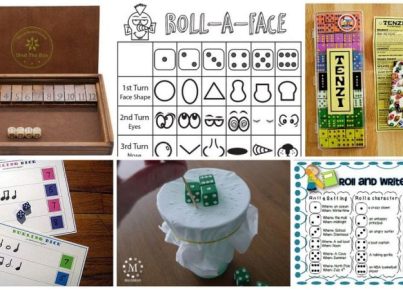- Establish a routine: Creating a consistent daily schedule helps students feel secure and keeps them engaged.
- Use multi-sensory materials: Incorporating hands-on activities and visual aids can enhance learning and make lessons more enjoyable.
- Differentiate instruction: Cater to individual needs and learning styles by providing various levels of difficulty and alternative assignments.
- Incorporate technology: Integrate educational apps, interactive websites, and digital resources to engage tech-savvy first graders.
- Encourage reading: Foster a love for reading by creating a classroom library, allowing independent reading time, and using guided reading strategies.
- Utilize cooperative learning: Promote teamwork and collaboration by assigning group projects and activities that encourage interaction.
- Break lessons into smaller chunks: First graders have shorter attention spans, so dividing lessons into shorter segments helps maintain focus.
- Provide regular feedback: Offer constructive feedback and praise regularly to motivate students and improve their performance.
- Plan hands-on science experiments: Engage young minds by conducting age-appropriate experiments, encouraging curiosity and scientific thinking.
- Incorporate movement: Allow opportunities for physical activity throughout the day to release energy and improve focus.
- Integrate art activities: Incorporate art projects that relate to the curriculum to stimulate creativity and reinforce concepts.
- Use games to reinforce learning: Incorporate educational games and activities that make learning fun and reinforce concepts.
- Individualize instruction: Tailor lessons to meet the specific needs of each student, providing extra support or enrichment as needed.
- Foster a positive classroom environment: Create a welcoming and inclusive atmosphere where students feel safe, valued, and respected.
- Stay organized: Maintain a well-structured classroom environment by having clear procedures, labeled materials, and effective organization systems in place.
Remember, these tips, tricks, and ideas are just a starting point. Each first-grade classroom is unique, so adapt and modify these strategies to best meet the needs of your students. Happy teaching!





